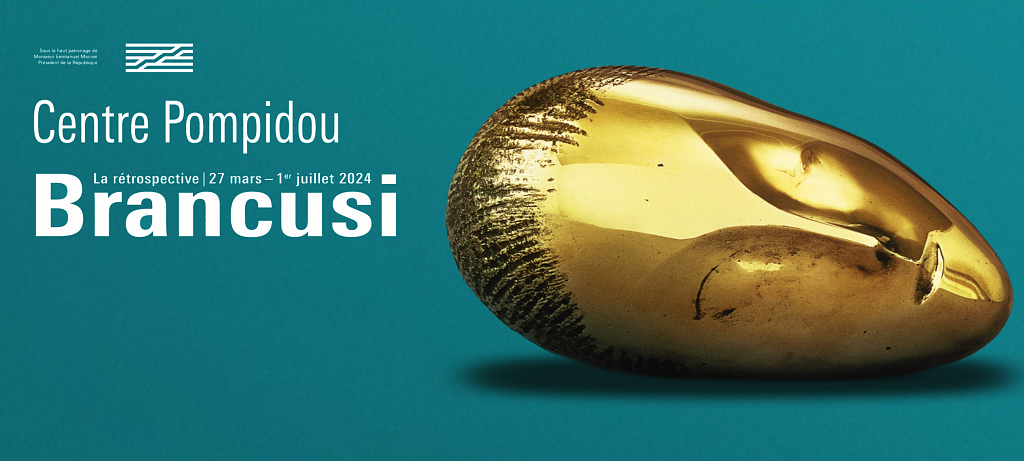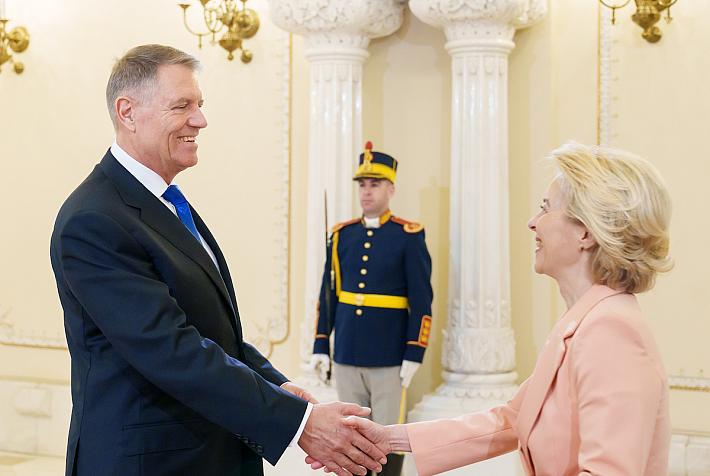Tribute exhibition dedicated to Romania’s Constantin Brâncuși to open in Paris

A retrospective exhibition dedicated to Constantin Brâncuși, considered to be the father of modern sculpture, is organized by the famous modern art museum Centre Pompidou in Paris, in institutional partnership with the Romanian Cultural Institute and the Embassy of Romania in France.
The exhibition will last from March 27 to July 1, and will bring together nearly 200 sculptures, photographs, drawings, films, archival documents, as well as furniture elements from the artist's Parisian studio.
The curatorial vision is provided by Ariane Coulondre, who also proposes an immersive experience in Brâncuși's studio, realized with the help of scenographer Pascal Rodriguez, complemented by a space dedicated to information.
The extensive exhibition project is made possible with the support of several international museums that own Brâncuși works, such as Tate Modern, MoMA, Guggenheim Museum, Philadelphia Museum of Art, The Art Institute of Chicago, Dallas Museum of Art, the National Museum of Art of Romania (MNAR), the Art Museum in Craiova, and more.
"The fragmentation that Brâncuși introduces into the history of sculpture is threefold: a revolution of gesture, a revolution of form, and a revolution of space," declared curator Ariane Coulondre in an interview published in the Centre Pompidou magazine, cited by ICR.ro.
In her view, Brâncuși expanded the concept of art by questioning the base, the pedestal, traditionally used to demarcate the work from its surroundings, with the Romanian artist transforming the bases into autonomous works of art, without establishing a hierarchy among the pieces. One example would be the Endless Column, which could be considered a decisive moment in the history of sculpture.
Also mentioned is the famous incident in 1926 when the metal work "Bird in Space" by Brâncuși, belonging to photographer Edward Steichen, was the subject of a dispute at the United States Customs, which, in a way, led to the redefinition of the notion of art.
Along with the displayed works, the curator chose to reveal some details about the Romanian sculptor's musical affinities, as dance and music were an important part of his life. A consummate music lover, Brâncuși was impressed by the music of composers such as Erik Satie, Darius Milhaud, or Marcel Mihalovici.
As a unique element of the exhibition, the work "Leda" will be presented in motion, on a rotating pedestal, in perpetual metamorphosis, as Constantin Brâncuși himself presented it in his studio.
Constantin Brâncuși was born on February 19, 1876, in the village of Hobița, Gorj County. After specialized studies in Craiova (School of Arts and Crafts) and Bucharest (School of Fine Arts), he arrived in Paris in 1905, where he interacted with the artistic avant-garde; his creative activity reached its peak between 1914 and 1940.
After obtaining French citizenship in 1952, Constantin Brâncuși left his studio and Parisian works to the French state in 1956. He died on March 16, 1957, and was buried at the Montparnasse cemetery in Paris.
(Photo source: ICR.ro)
















